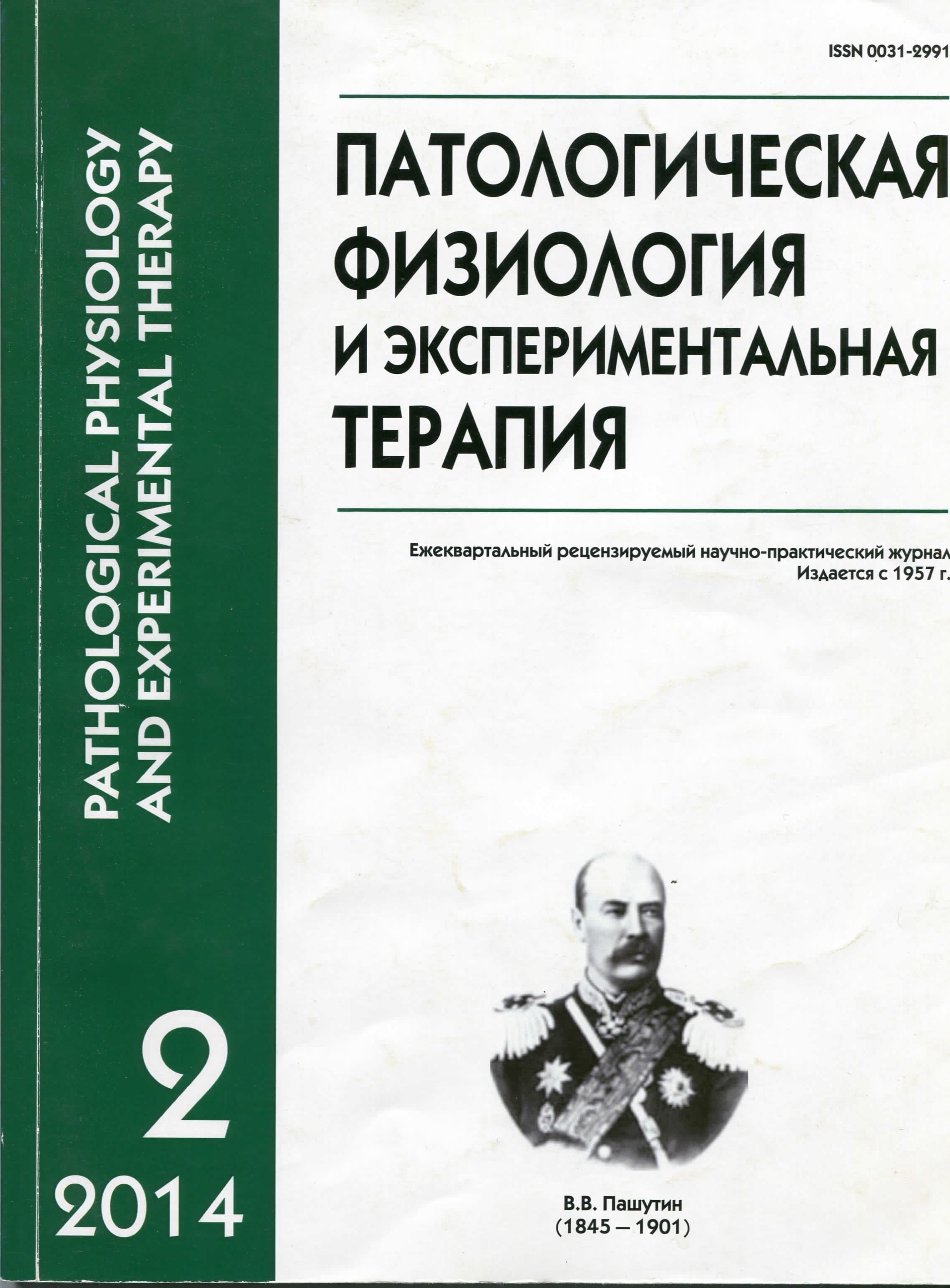Infection as a obesity pathogenesis factor
Keywords:
adipose tissue, inflammation, immune system, Toll-like receptors, obesity
Abstract
The review discusses the role of adenovirus 36, Chlamydia pneumonae, Helicobacter pylori, Tripanosoma cruzi in the development of obesity. Infection with these microorganisms leads to the development of obesity in animals; in obese people, antibodies to them are more often detected. As a reason for the development of obesity, the activation of the congenital immunity receptor organisms — TLR2 and TLR4, localized in adipose tissue is discussed. Saturated fatty acids, like the lipopolysaccharides that make up microorganisms, are TLR2 and TLR4 ligands. Due to the activation of TLR2 and TLR4, they contribute to the development of inflammation of adipose tissue. and insulin resistance, thereby, the development of obesity. Activation of TLR2 and TLR4 in infection, inhibiting insulin sensitivity of fat, liver and muscle cells, leads to an increase in blood glucose and fatty acid levels, thereby providing immune processes with energy substrates.Downloads
Download data is not yet available.
Published
12-06-2014
How to Cite
Schwarz V. Y. Infection as a obesity pathogenesis factor // Patologicheskaya Fiziologiya i Eksperimental’naya Terapiya (Pathological physiology and experimental therapy). 2014. VOL. 58. № 2. PP. 94–100.
Issue
Section
Reviews






